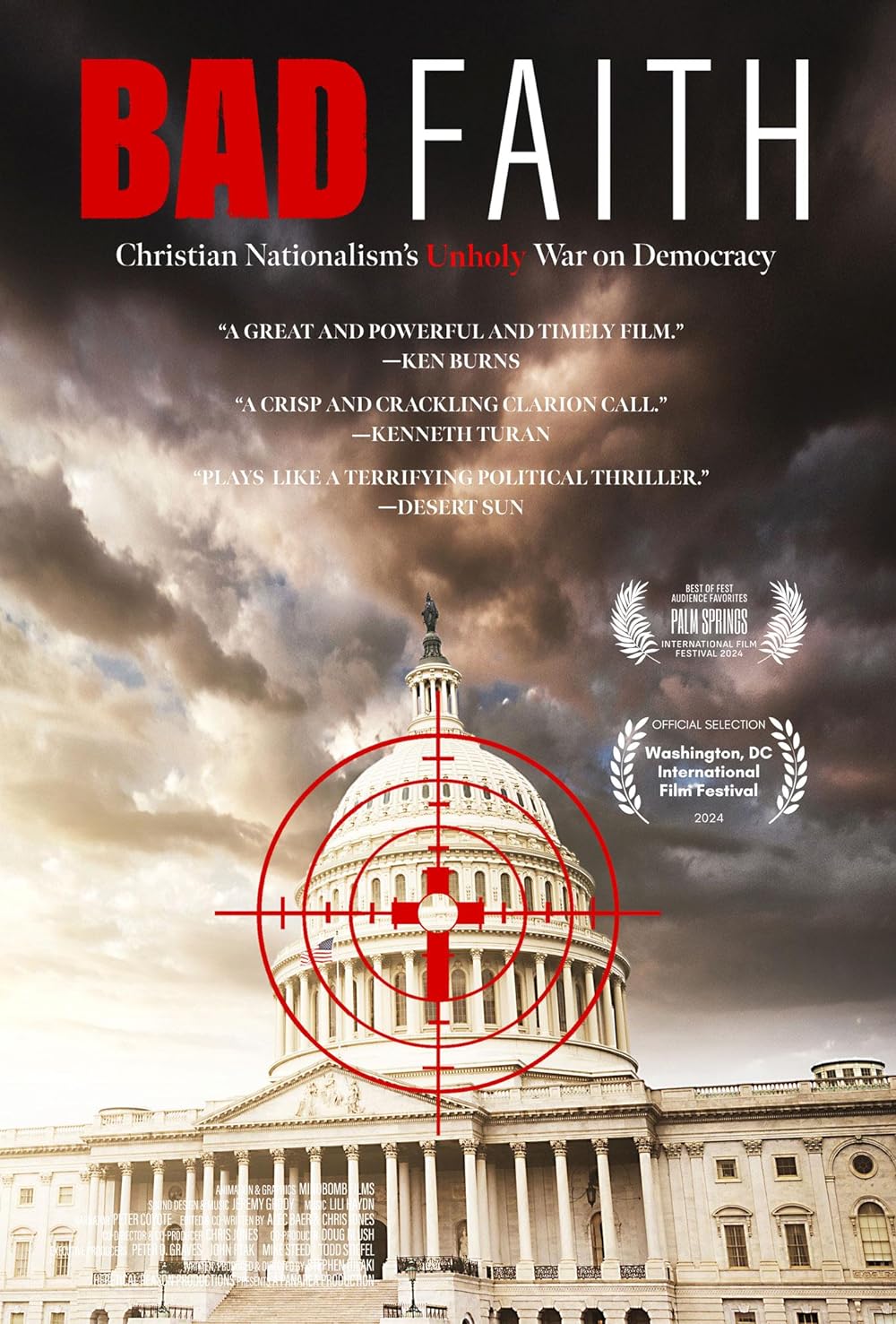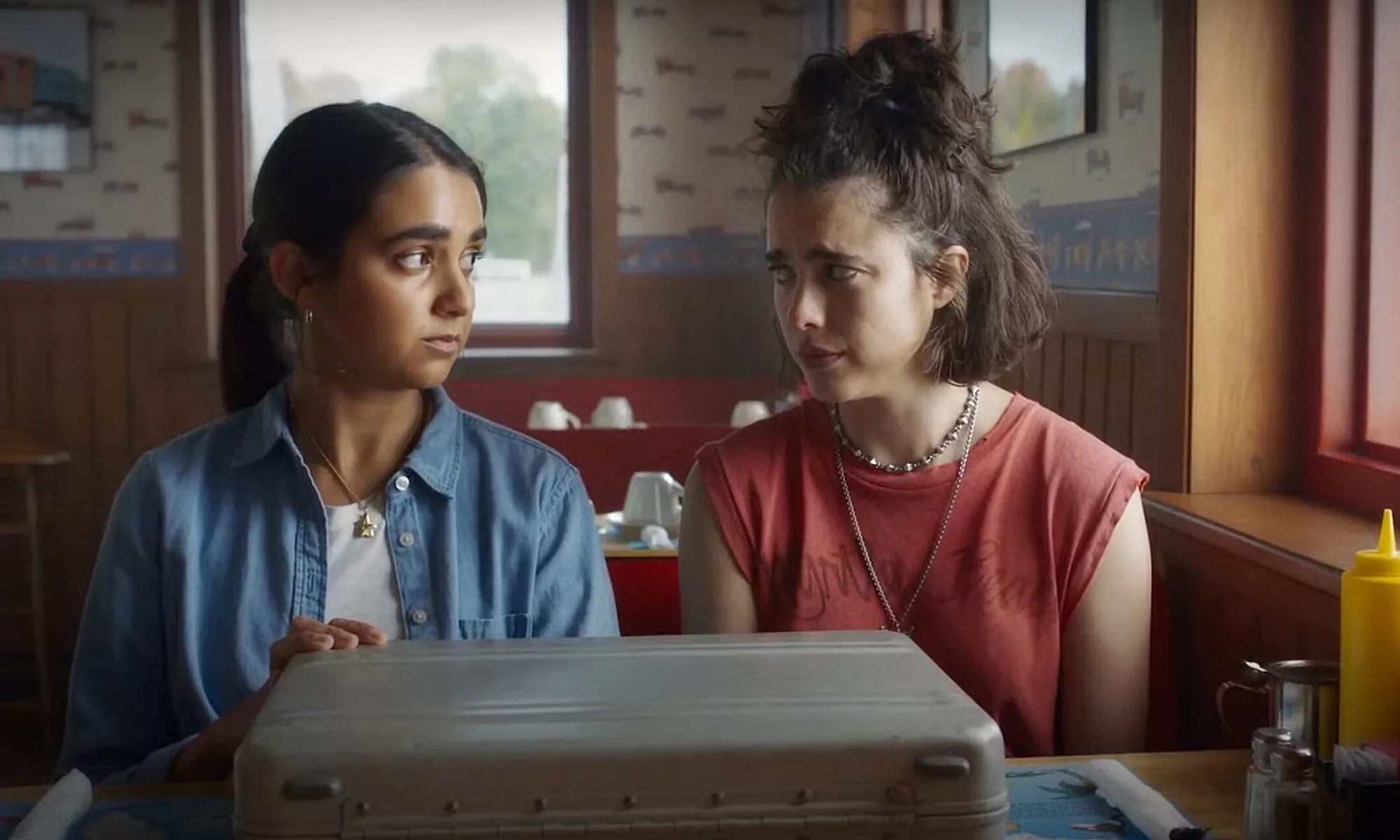Catch Me If You Can
Posted on December 19, 2002 at 2:44 pm
A| Lowest Recommended Age: | Middle School |
| Profanity: | Some strong language |
| Nudity/ Sex: | Sexual references and situations including prostitution |
| Alcohol/ Drugs: | Drinking and smoking |
| Violence/ Scariness: | Tense scenes and peril |
| Diversity Issues: | All characters white |
| Date Released to Theaters: | 2002 |
Steven Spielberg has made the real-life story of the youngest person ever to make the FBI’s 10 Most Wanted List into a terrifically entertaining movie. It is set in the candy-colored ring-a-ding 1960’s where jet pilots were glamorous and even bank tellers in big cities had a small-town belief in the honesty of someone cashing a check, especially if he had a charming smile. There is no hint of the upheavals and anguish of that era. This is the 1960’s of big hair, smooth surfaces, and bikinis, fueled by martini music like Sinatra’s “Come Fly With Me.”
Leonardo DiCaprio plays Frank Abagnale, Jr. He adores his parents. His father (Christopher Walken) thinks he can always find an angle to get what he wants, and he often can. He has Frank Jr., still a teenager, pretend to be his chauffeur so that he can make an impressive showing when he tries to borrow money from a bank. But eventually his schemes catch up with him and he gets in trouble with the IRS. The family has to leave their home and Frank has to leave his prep school. When Frank is 16, his parents get divorced and he is told to choose which one he will live with. He cannot handle it and he runs away. Like a child, he thinks he can recreate the perfect world he once thought he had. But he has one very un-childlike quality, an astonishing eye for detail. Combined with the charm and panache he learned from his father, the ability to appear innocent to give him apparent credibility and – just as important – the actual youthful innocence to make him all but fearless because he just doesn’t know how outrageous his scams are, he becomes one of the most successful con men in history. Before he is imprisoned in France, he manages to pass himself off as a pilot, a doctor, and a lawyer. He also manages to pass off bad checks worth over $4 million.
Every single element of this movie works brilliantly together and the result is as irresistible as its con man hero. The Saul Bass-inspired opening credits and Henry-Mancini-inspired John Williams score set the mood just perfectly – part period piece, part chase film, part drama. The screenplay by Jeff Nathanson (based on Abagnale’s book) is one of the best of the year, as crafty as its subject and with just the right touch of heart. DiCaprio and Hanks are as good as they have ever been, and that means as good as it gets. Hanks, as the FBI agent who chases, admires, and ultimately inspires Frank, makes each moment on screen a small masterpiece, even the way he bites an éclair or hands someone a fork. DiCaprio captures us from his first moment as an awkward 13-year-old to his sheer pleasure in his own ability to master the adult world.
Parents should know that there is some mature material, including the fact that the main character is a con man who never considers the impact that his lies and scams may have or the risks he is taking. It includes some non-explicit sexual situations and a negotiation with a call girl. A character says that her parents refuse to see her following her out of wedlock pregnancy and abortion. Characters drink and smoke and use strong language. The scene where Frank’s parents tell him they are getting a divorce may be upsetting to some audiences.
Families who see this movie should talk about the different ways Frank and Hanratty felt about each other at different times. How were Frank Sr. and Hanratty like opposing father figures in Frank’s life? What did he hope for in the relationship with Brenda?
Families who enjoy this movie will also enjoy two other movies about charming con men: “Dirty Rotten Scoundrels,” “The Sting” (both with mature material) and “The Music Man,” one of the best movies ever made for people of any age.






